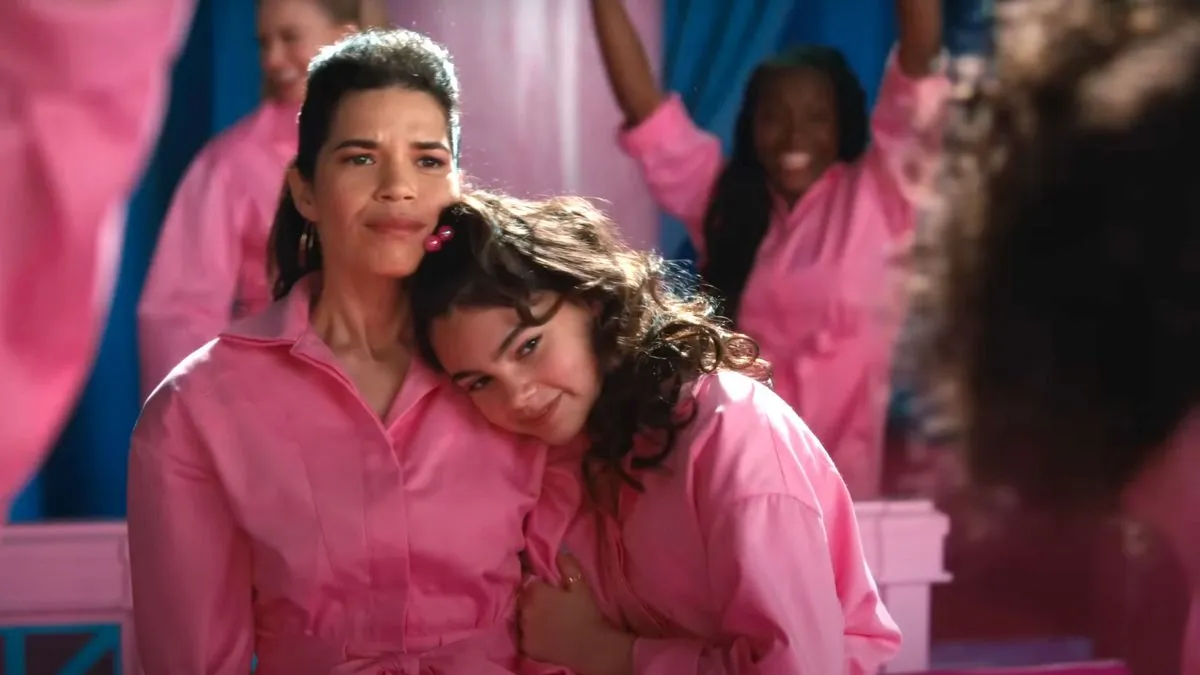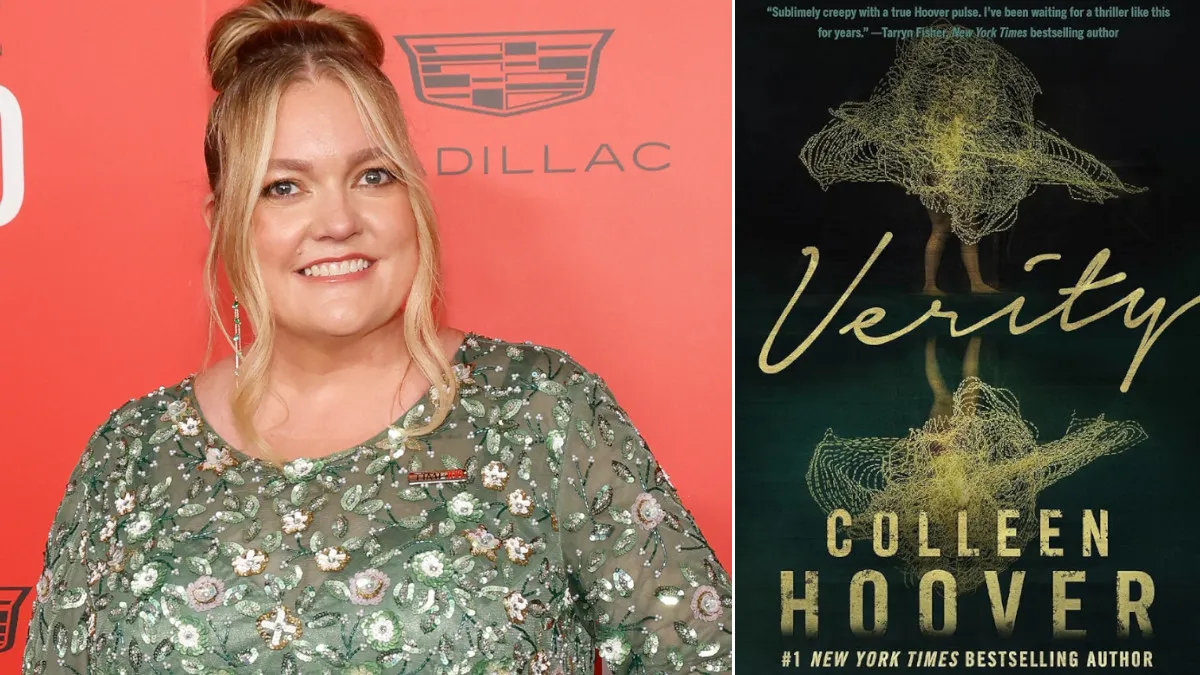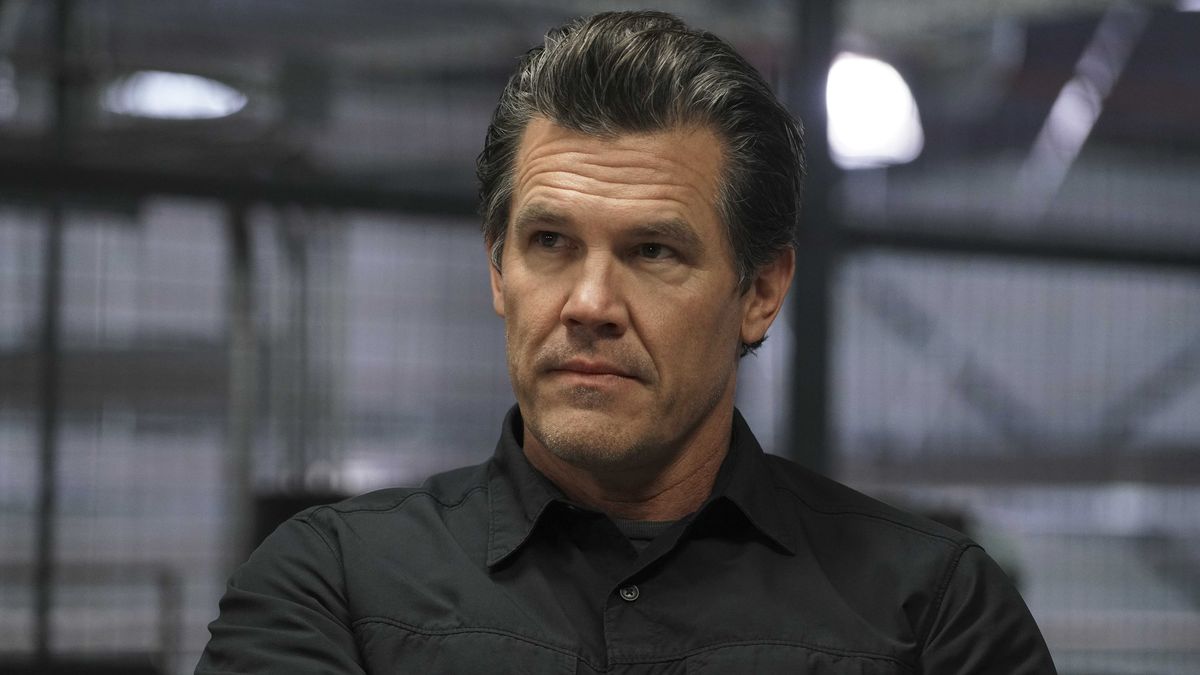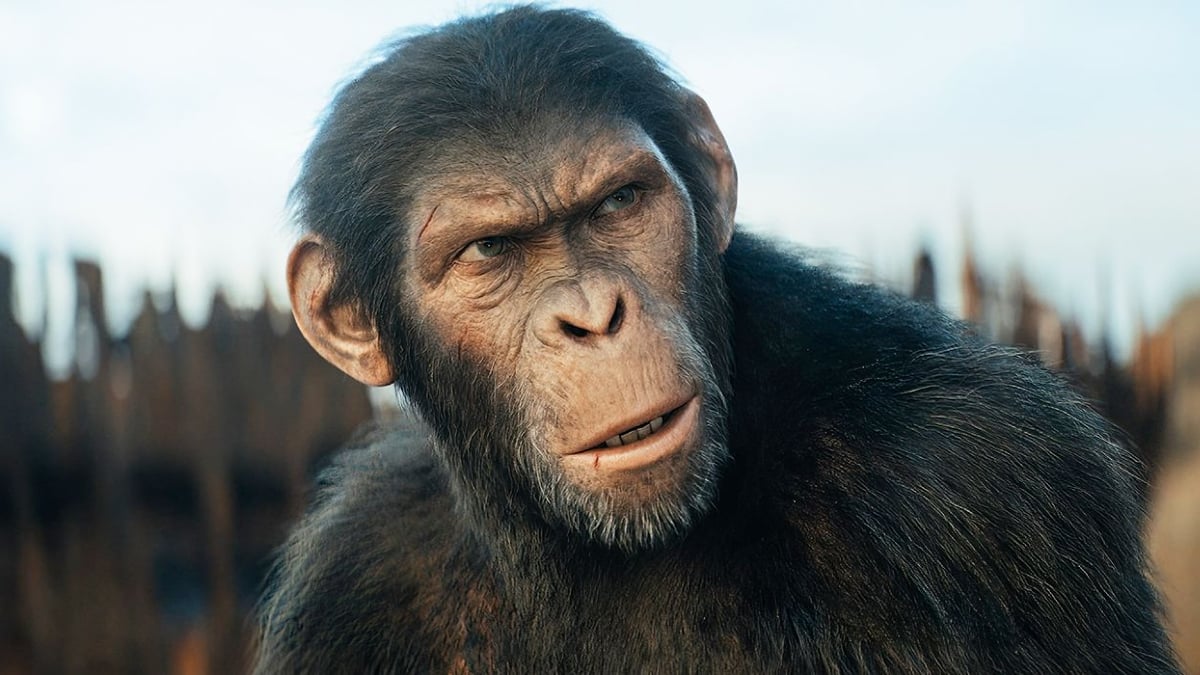Barbie, Greta Gerwig’s “love letter to womanhood,” has been at the forefront of pop culture discourse since its premiere. Critics and moviegoers have analyzed every aspect of the film, which makes sense considering what a cultural phenomenon the Barbie doll has been in its 64-year history.
The conversation around Barbie has also dredged up an older discussion around Gerwig’s feature directorial debut, Lady Bird (2017), with many interpreting her decision to cast America Ferrera as an attempt to right an old wrong. Why? Let’s get into a bit of backstory.
Directed by Patricia Cardoso and based on a play by Josefina López (who co-wrote the screenplay), 2002’s Real Women Have Curves stars America Ferrera as Ana Garcia, a Latina teen struggling to balance her desire to go to college with her sense of responsibility to her family as they experience financial insecurity.
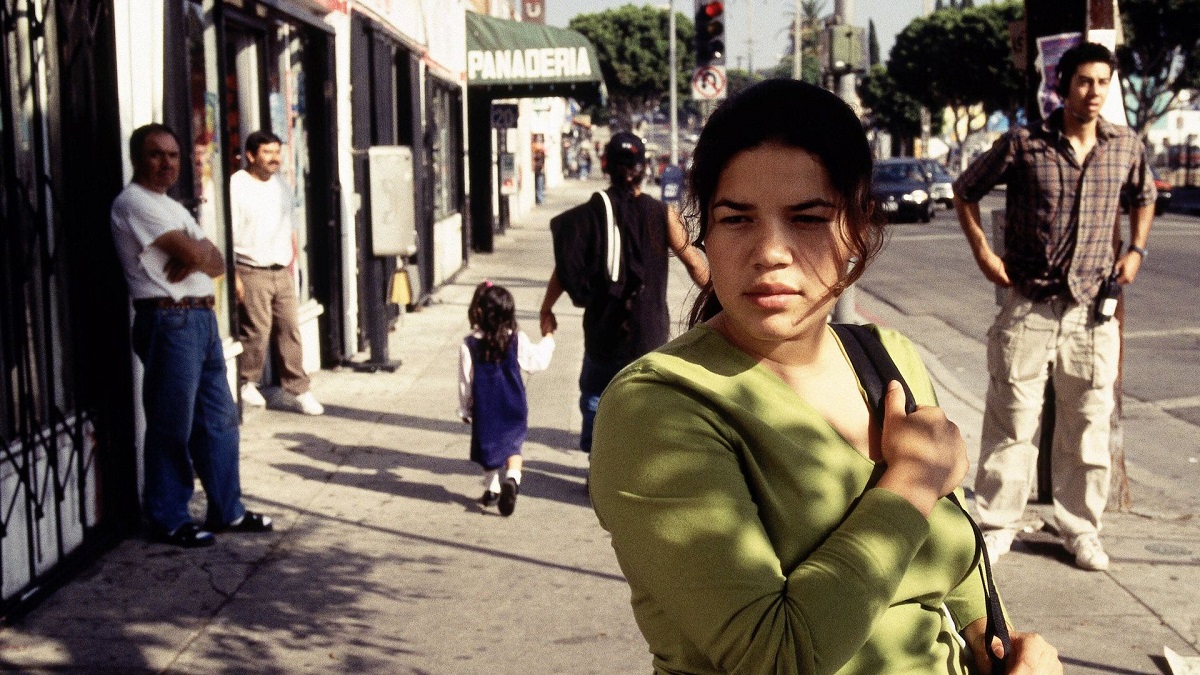
I rented Real Women on home video (Remember that? I even got it at Blockbuster!) because of its indie darling status. While it didn’t get any Academy love, it won several awards at 2002’s Sundance Film Festival, and I started hearing a lot about a talented Latina named America Ferrera three years before The Sisterhood of the Traveling Pants, and four years before Ugly Betty.
I was a fat, Latina writer from a low-income family who at that point had recently graduated from college, and Real Women made me cry with recognition. Meanwhile, conversations around body image, the racism of mainstream beauty standards, and Latine representation in film started swirling in mainstream media. That discourse, sparked by a Latina director’s film starring and written by Latinas, made me feel more wholly seen in pop culture for the first time.
Over a decade has passed since Real Women when I watched a screener of Gerwig’s Lady Bird on Oscars afternoon in 2018. With the end credits music still playing in the background, I took my tears to social media:
I had a similar reaction to Lady Bird as I did to Real Women. I related to elements in each personally, having grown up poor both in a big city and in the suburbs. They were both brilliant, beautiful films written and directed by women inspired by their lived experiences. It never occurred to me to favor one over the other based on proximity to my own culture.
Late to the Lady Bird party, I was unaware of the conversation other Latinas were having about it at the time.
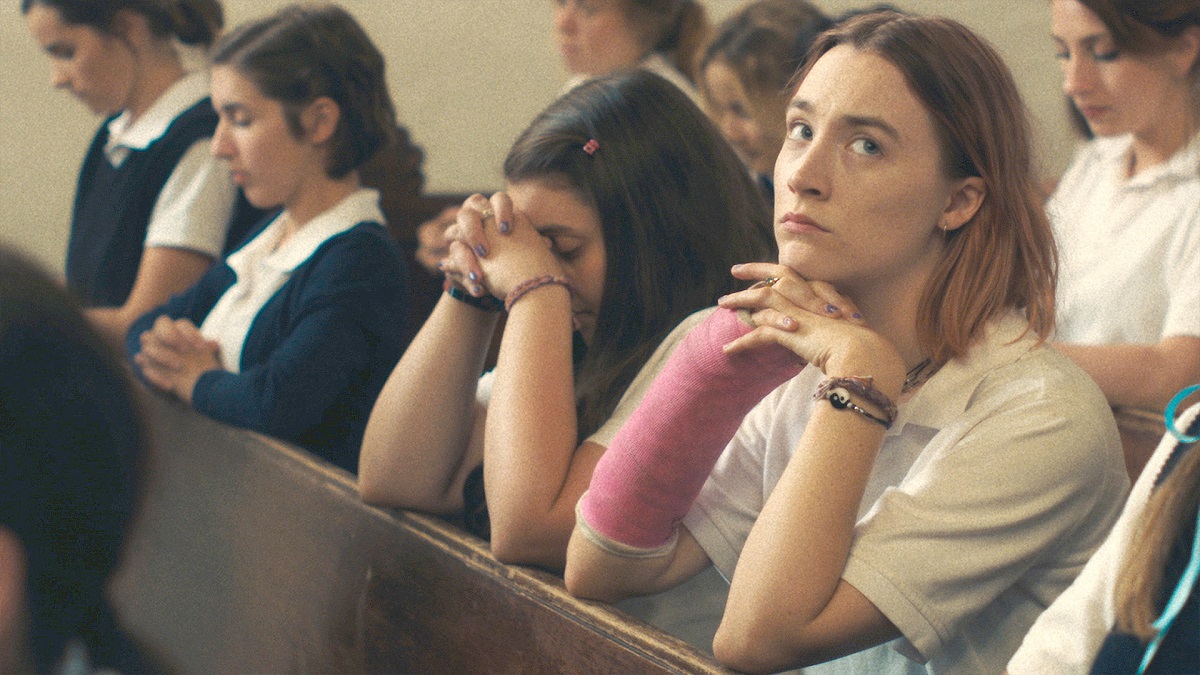
Back in 2018, when Gerwig was the lone hope for a woman winning the Best Director Oscar, Lady Bird, like Barbie, was analyzed to death. During that discourse, this film about a complicated mother-daughter relationship reminded many people of Real Women, an earlier film that explored similar themes.
In a Remezcla piece about the Real Women Have Curves writer, López was quoted saying she thought of Lady Bird as a “white version” of Real Women. However, while some online talked about Real Women “influencing” Lady Bird, or accused Lady Bird of plagiarism, López’s biggest issue was the discrepancy in how the two films were received:
“According to Hoy, as [López] spoke about the difference in reception between the two films, she spoke through tears. The playwright and screenwriter spoke specifically about the struggle of creating art as an undocumented woman, and the way stories about marginalized groups are often pushed aside.
“I also deserve a place in Hollywood and the opportunity to continue telling impactful stories. I co-wrote a better version of Lady Bird that challenges the status quo,” she said. “I wish my film had been appreciated [the same way].””
Monica Castillo at The New York Times wrote about their receptions, too. However, she framed it differently as a Latina who, like me, enjoyed both films:
“Fast forward to Lady Bird, which has been celebrated by critics and rewarded with five Academy Award nominations. Real Women didn’t receive a single nod from the Academy, though it won a handful of awards in the run-up to the Oscars. That might look as if the industry were praising the movie with the white protagonist when it ignored the movie with a Latino one — that Real Women Have Curves lacked the familiarity the traditionally white, older Oscar voters would reward. If there was an unfair dismissal of Real Women Have Curves, it isn’t the fault of Lady Bird. There are more systemic barriers to blame. If anything, this should be a time to re-evaluate how the entertainment industry missed a remarkable movie like Real Women Have Curves.”
Gender, ethnicity, and the “Golden Age of Indies”
Despite it being harder in general for Latine films to get made, Real Women did get made, because it had an advantage: It was made during a Golden Age for independent film. Real Women arrived when it was possible to create outside the studio system and still expect an audience. The 1990s and early 2000s were a fertile time for small or weird independent films. Producers prioritized making them, and audiences wanted to see them.
That infrastructure and audience interest no longer exist in the same way. Now, corporate skittishness in a tech-influenced entertainment industry means that most films have to be based on pre-existing IP and preferably be a “tentpole movie” (a movie that financially supports a film studio or cinema chain) to “justify” their existence.
To allow for a select few original screenplays, most studios have an “independent arm,” creating “lower-budget” films that are nonetheless more polished than anything a truly indie filmmaker could make. Indie companies with the clout, funding, and prestige to compete, like A24 (which didn’t exist in 2002), are few and far between.
It’s tempting to think about what kind of attention Real Women could’ve gotten had it been made today as an A24 film the way Lady Bird was, but then it might not have been made in the same way or had the same artistic impact.
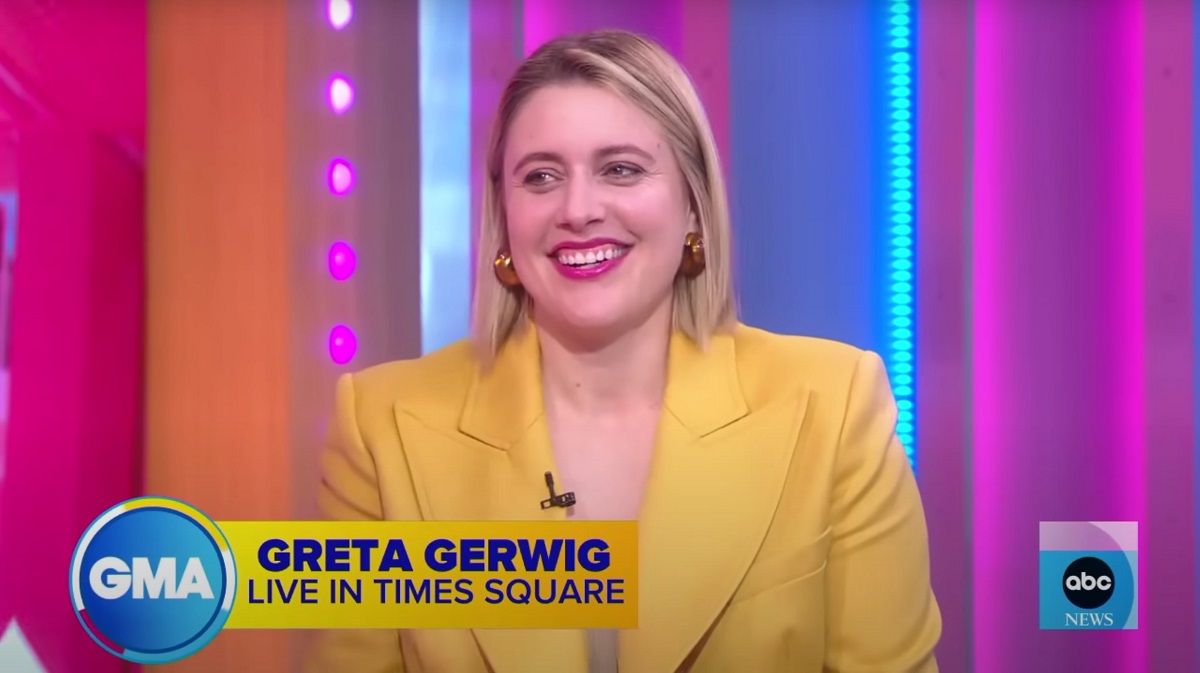
Despite being nominated for several Oscars, Lady Bird didn’t win a single one it was nominated for. It felt like the Academy only nominated Gerwig and her film because they needed to nominate A Woman, not necessarily because her film resonated with Academy voters.
It says a lot about Patriarchy that in order for a woman to have her work even considered at a certain level, she needs to be a “known entity” in order for the industry to “take a risk” on her work, when they take risks on lesser-known men all the time.
Gerwig was already known as an actor, and then as writer-director Noah Baumbach’s partner, before she was known as a filmmaker in her own right. White privilege can’t be removed from any of Gerwig’s achievements, but it’s that acting career and relationship that contributed to her ability to make and get attention for Lady Bird.
Gerwig is a talented and deliberate filmmaker, and Lady Bird is a great film, so I’m not saying the only reason Lady Bird got attention was because she was a successful actress who was dating a director. But Gerwig isn’t the only woman, nor the only white woman, who’s a talented filmmaker. She was the only woman writer-director getting Oscar attention that year, because the industry “knew her.”
Cardoso, meanwhile, received her Master’s Degree in film from UCLA’s prestigious film school after having studied anthropology at Universidad de los Andes in her hometown of Bogotá, Colombia. She came at a filmmaking career directly, which is difficult for a woman in Hollywood (doubly so for a Latina with a Colombian accent) in the best of times. She was a woman with an accent who also led with her work without being known to the industry, and that was one hurdle too many.
Had she been a man with an accent, it might have been different.
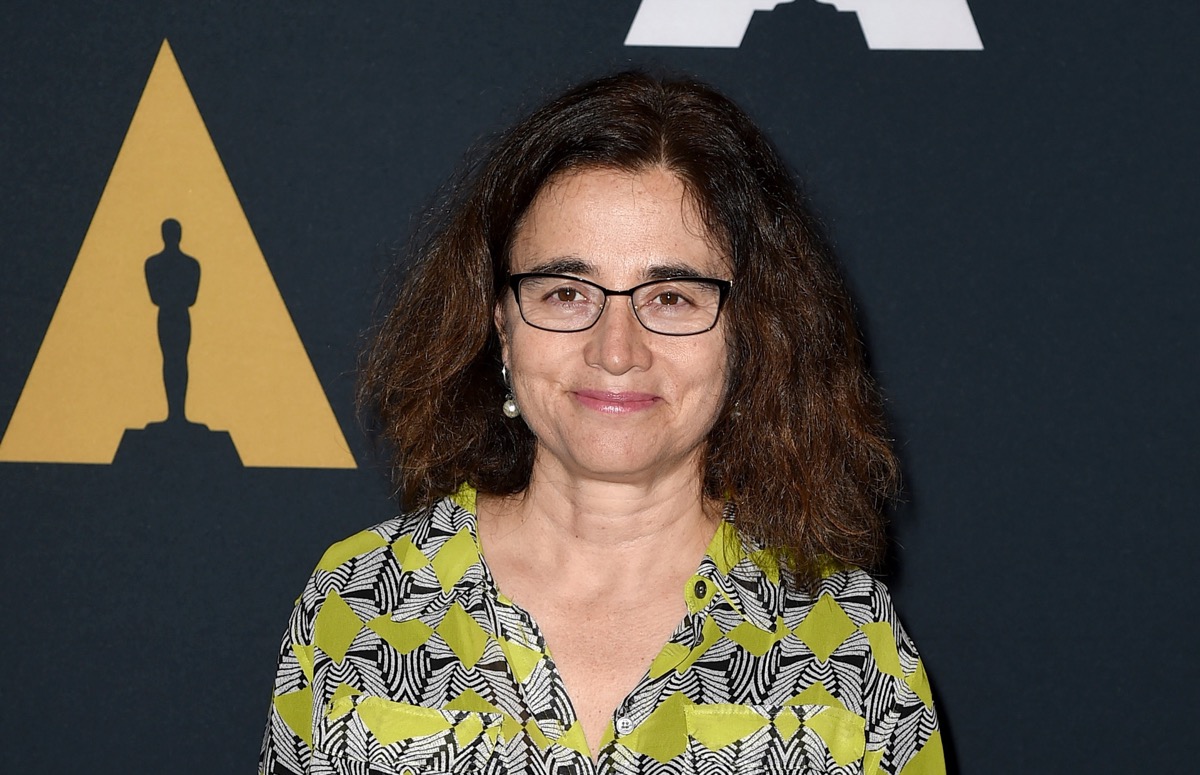
During the Golden Age of Indies, Latino director Robert Rodriguez made a name for himself by participating in clinical drug testing to fund his debut, Spanish-language film El Mariachi, for $7,000 in 1992. El Mariachi only made $2 million worldwide. A decade later, a film made by a Latina filmmaker became an indie darling and made SEVEN million dollars globally.
Yet you probably know Robert Rodriguez without looking him up, and can even name a couple of his films. Can you name another Patricia Cardoso film without Googling? Can you think of a Latina director who’s gotten attention on the level of Rodriguez, Guillermo del Toro, or Alfonso Cuarón?
Can you think of a Latina director whose attention for her debut feature film was parlayed into a deal for a spinoff TV show, as happened for Carlos Lopez Estrada’s Blindspotting? Or a Latina director who’s been given a blockbuster superhero movie the way Angel Manuel Soto was given the upcoming Blue Beetle, having only done short films and two indie features previously?
There’s no disputing that Latine films that get serious, mainstream attention are rare, but it’s also true that Latino filmmakers have always had an easier time building and keeping mainstream careers than Latina filmmakers have.
When I think about Cardoso and Real Women, I can’t help but notice how Latino directors have been allowed to thrive in a way she wasn’t. Suddenly, it’s less clear that Gerwig’s debut got attention “because she’s white” and Cardoso’s didn’t “because she’s Latina.”
Gerwig’s Lady Bird lucked into perfunctory attention because she was a woman director at a time when Hollywood was trying to put on a show of giving a sh*t, and she was someone the industry knew, who still lost the Oscars she was nominated for to a Latino and a Black man (Guillermo del Toro and Jordan Peele).
Meanwhile, despite Cardoso’s debut film making more than twice what Rodriguez’s film made globally, it’s Rodriguez who’s gone on to have a huge, genre-crossing career. Cardoso continues to direct, but is also a professor at UC Riverside.
For both Cardoso and Gerwig, their gender was the biggest factor in how their debut films were received, for better or worse.
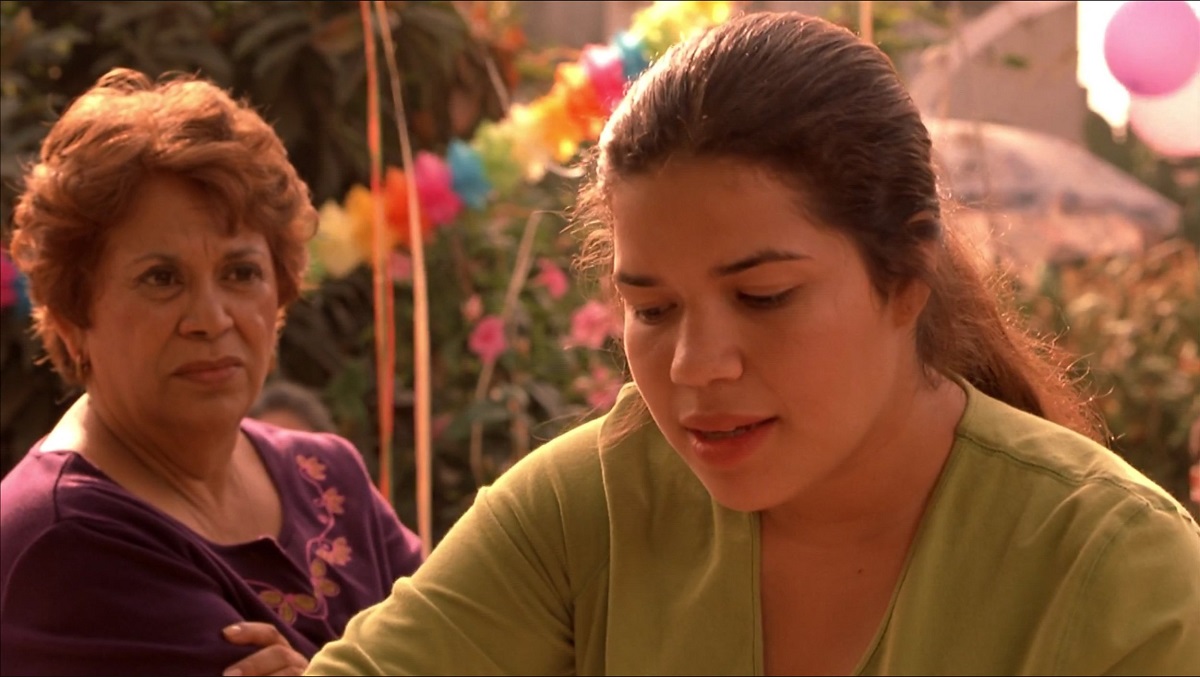
While today, the Academy does the bare minimum when it comes to signaling inclusion, what they’ve never done as an institution is become more literate in diverse stories. Wanting to nominate a more diverse slate of films, creators, and actors is one thing. Being able to interpret a diverse slate well enough to see the universal in the specific and judge a project free of bias is something else.
The original, feminine stories that many women filmmakers choose to tell are rarely taken seriously. After Lady Bird, it took Gerwig adapting a popular classic novel (Little Women), followed by subverting a best-selling, global brand like Barbie, to get a deeply feminine story this level of “blockbuster” attention. And despite the attention (and money!) Barbie’s receiving, it remains to be seen whether that’ll translate to Gerwig telling another personal, original story, or Barbie being considered at Oscar time.
Some might be thinking, “Barbie? Oscars? It was great, but …” That’s weird considering that the most recent Best Picture winner, directed by two men and centering a non-white culture, had a running gag about hot dog fingers and a fight scene involving a butt plug. Somehow, no one had a problem considering that Serious Cinema.
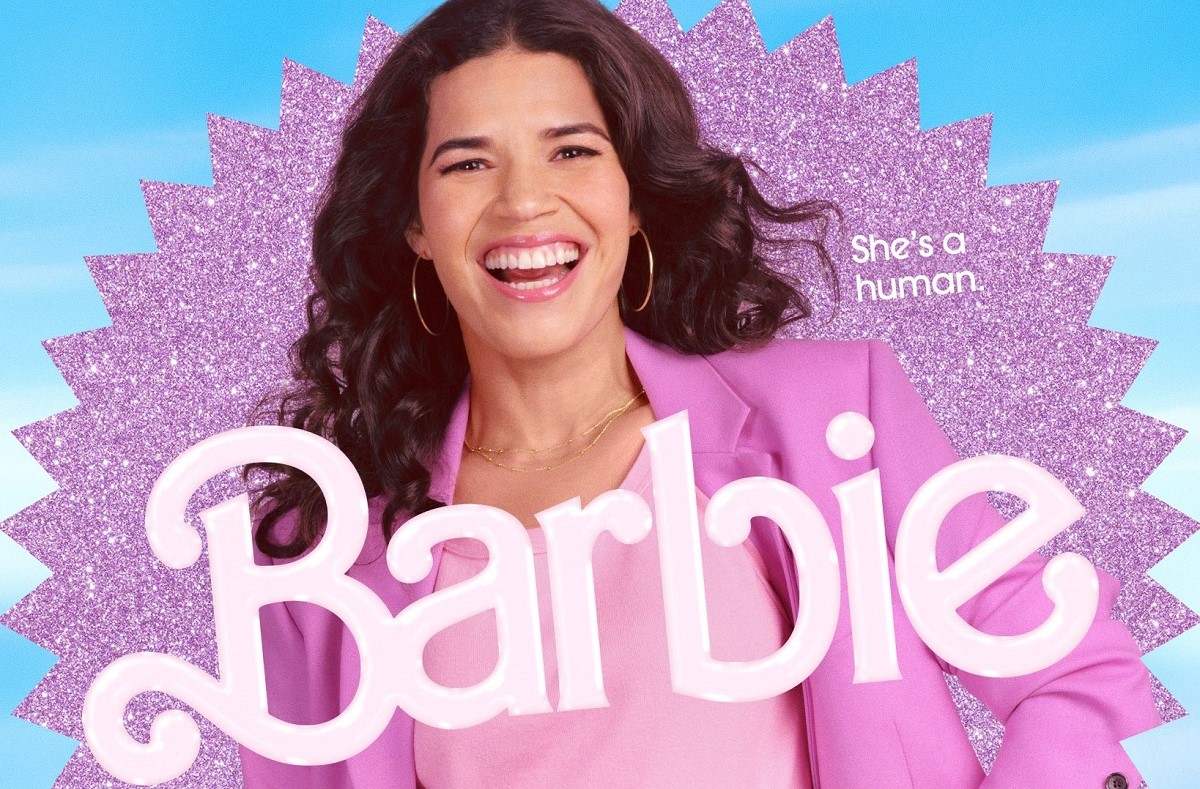
Barbie is Gerwig’s third feature film, and her second produced by a Hollywood studio. She has yet to win an Oscar as a writer or director. While there’s an important conversation to be had about the white feminism of Barbie, Gerwig made the conscious choice to include. At the moment in her career when she had the clout and budget to flex some industry muscle, she used it to create characters across a broad spectrum. She created roles for Latines, non-Latine Black and Asian folks, disabled folks, and LGBTQIA folks of various types.
Gerwig casting America Ferrera in Barbie is important, not because it’s righting a perceived wrong against Real Women Have Curves, but because it’s significant that Gerwig chose to create a nuanced Latina character in a big-budget Hollywood studio film that gives Ferrera a career-enhancing moment to shine. Barbie‘s inclusion isn’t perfect, but Gerwig made a conscious choice not many Hollywood filmmakers make, and that some even vehemently oppose.
Do I wish there were more than two Latinas in this film? Yup. Do I wish we could’ve seen a Latina Barbie? Especially when Teresa is right there? 1000%
I’ll be expecting that in the sequel, Greta. Please, and thank you.
(featured image: Kevin Winter/Staff/Getty Images)



